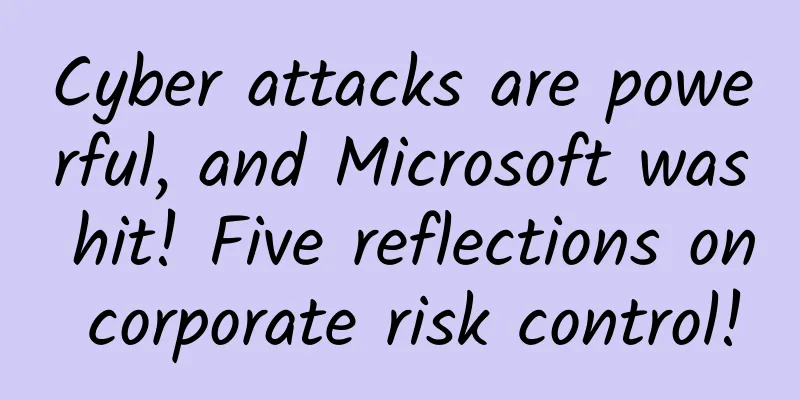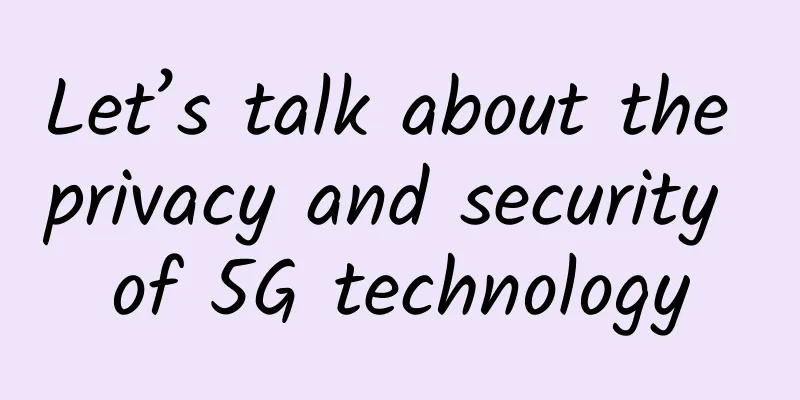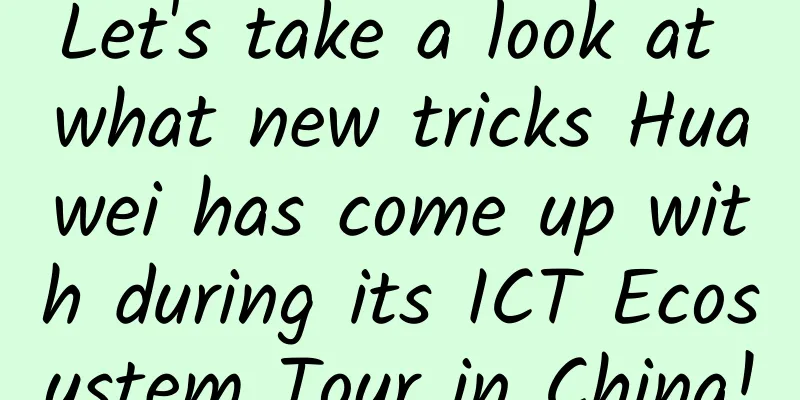Basic knowledge of wires and cables

|
The manufacturing of wires and cables is completely different from the production of most electromechanical products. Electromechanical products are usually assembled into components, and multiple components are assembled into a single product, and the products are measured by the number of units or pieces. Wires and cables are measured by length. All wires and cables start with conductor processing, and insulation, shielding, cabling, sheathing, etc. are added layer by layer on the outside of the conductor to make wire and cable products. The more complex the product structure, the more layers are superimposed. 1. Process characteristics of wire and cable product manufacturing 1. Long-length continuous superposition combined production method The long-length continuous superposition combined production method has a global and controlling impact on the production of wires and cables, which involves and affects: (1) Production process and equipment layout The various equipment in the production workshop must be arranged reasonably according to the process flow required by the product, so that the semi-finished products at each stage can flow in sequence. The equipment configuration must consider the different production efficiencies and balance the production capacity. Some equipment may need to be configured with two or more units to balance the production capacity of the production line. Therefore, the reasonable selection and combination of equipment and the layout of the production site must be balanced and comprehensively considered based on the product and production volume. (2) Production organization and management Production organization and management must be scientific, reasonable, thorough, accurate, strict and meticulous. Operators must strictly follow the process requirements. Problems in any link will affect the smoothness of the process flow, the quality of the product and delivery. Especially for multi-core cables, if a line pair or basic unit is short or has quality problems, the entire cable will be insufficient and scrapped. On the contrary, if a unit is too long, it must be sawed off, resulting in waste. (3) Quality management The production method of long-length continuous superposition and combination means that any problem in any link or instant in the production process will affect the quality of the entire cable. The more quality defects occur in the inner layer, and the production is not discovered in time and terminated, the greater the loss. Because the production of wires and cables is different from assembled products, which can be disassembled and reassembled and replaced with other parts; the quality problems of any component or process of wires and cables are almost irreparable and irreparable for this cable. The subsequent treatment is very negative, either sawing it short or downgrading it, or scrapping the entire cable. It cannot be disassembled and reassembled. The quality management of wires and cables must be carried out throughout the entire production process. The quality management inspection department should conduct patrol inspections of the entire production process, self-inspections by operators, and mutual inspections between upstream and downstream processes. This is an important guarantee and means to ensure product quality and improve the economic benefits of the enterprise.
2. There are many production processes and large material flow The manufacturing of wires and cables involves a wide range of processes, from the smelting and pressure processing of non-ferrous metals to chemical technologies such as plastics, rubber, and paints; textile technologies such as wrapping and weaving of fiber materials, to metal wrapping and longitudinal wrapping of metal strips, and metal forming processing technologies such as welding, etc. The various materials used in the manufacture of wires and cables are not only of many types, varieties, and specifications, but also in large quantities. Therefore, the usage, reserve, batch cycle, and batch size of various materials must be verified. At the same time, the decomposition, recycling, reuse, and waste treatment of waste products are an important part of management. We must do a good job in material quota management and pay attention to conservation. In the production of wires and cables, from the entry and exit, storage of raw materials and various auxiliary materials, the flow of semi-finished products in each process to the storage and delivery of products, the material flow is large and must be rationally planned and dynamically managed. 3. Many special equipment Wire and cable manufacturing uses special production equipment with the process characteristics of the industry to adapt to the structure and performance requirements of cable products and meet the requirements of long-length continuous and high-speed production, thus forming a series of special equipment for cable manufacturing, such as extruder series, wire drawing machine series, wire stranding machine series, wrapping machine series, etc. The manufacturing process of wires and cables is closely related to the development of special equipment, which promote each other. New process requirements promote the emergence and development of new special equipment; in turn, the development of new special equipment promotes the promotion and application of new processes. For example, special equipment such as wire drawing, annealing, extrusion series line, physical foaming production line, etc., promotes the development and improvement of wire and cable manufacturing process, and improves the product quality and production efficiency of cables. 2. Main processes of wires and cables Wires and cables are made through three processes: drawing, twisting, and coating. The more complex the model specifications, the higher the repeatability. 1. Drawing In metal pressure processing, the metal is forced through a die (pressing wheel) under the action of external force, the metal cross-sectional area is compressed, and the technical processing method of obtaining the required cross-sectional shape and size is called metal drawing. The drawing process is divided into: single wire drawing and twisted drawing. 2. Twisting In order to improve the softness and integrity of wires and cables, two or more single wires are interwoven together in a specified direction, which is called twisting. The stranding process is divided into: conductor stranding, cabling, braiding, wire armoring and winding. 3. Wrapping According to the different performance requirements of wires and cables, special equipment is used to coat the conductor with different materials. The coating process is divided into:
3. Basic process flow of plastic wire and cable manufacturing 1. Copper and aluminum monofilament drawing The copper and aluminum rods commonly used in wires and cables are drawn through one or more holes of a drawing die at room temperature using a wire drawing machine to reduce their cross-section, increase their length, and improve their strength. Wire drawing is the first process for wire and cable companies, and the main process parameter for wire drawing is die matching technology. 2. Single Filament Annealing When copper and aluminum monofilaments are heated to a certain temperature, they are recrystallized to increase the toughness of the monofilaments and reduce their strength, so as to meet the requirements of wires and cables for conductive cores. The key to the annealing process is to prevent the oxidation of copper wires. 3. Conductor twisting In order to improve the flexibility of wires and cables and facilitate laying and installation, the conductive core is made of multiple single wires twisted together. From the twisting form of the conductive core, it can be divided into regular twisting and irregular twisting. Irregular twisting can be divided into bundle twisting, concentric twisting, special twisting, etc. In order to reduce the area occupied by the conductor and the geometric size of the cable, the conductor is twisted and compressed at the same time, so that the ordinary circle is transformed into a semicircle, fan-shaped, tile-shaped and compressed circle. This kind of conductor is mainly used in power cables. 4. Insulation extrusion Plastic wires and cables mainly use extruded solid insulation layer. The main technical requirements for plastic insulation extrusion are:
5. Cable In order to ensure the degree of molding and reduce the shape of the cable, multi-core cables generally need to be twisted into a round shape. The twisting mechanism is similar to the conductor twisting. Due to the large twisting section diameter, most of them adopt the non-back-twisting method. The technical requirements for cabling are: first, to prevent the twisting of the cable caused by the turning over of the special-shaped insulation core; second, to prevent the insulation layer from being scratched. Most cables are completed in two other processes at the same time as they are cabled: one is filling, which ensures the roundness and stability of the cable after cabling; the other is binding, which ensures that the cable core is not loose. 6. Inner sheath In order to protect the insulated wire core from being damaged by the armor, the insulation layer needs to be properly protected. The inner sheath is divided into: extruded inner sheath (isolation sleeve) and wrapped inner sheath (cushion). The wrapped cushion replaces the binding tape and is carried out simultaneously with the cabling process. 7. Armor Cables laid underground may be subjected to a certain amount of positive pressure during operation, so an inner steel belt armor structure can be selected. Cables laid in places with both positive pressure and tension (such as in water, vertical shafts, or soil with a large drop) should use a structure with inner steel wire armor. 8. Outer sheath The outer sheath is a structural part that protects the insulation layer of wires and cables from erosion by environmental factors. The main function of the outer sheath is to improve the mechanical strength of wires and cables, prevent chemical corrosion, moisture, water immersion, and prevent cable combustion. According to different requirements for cables, the plastic sheath is directly extruded using an extruder. |
>>: AI World: Eight AI trends to watch in 2018
Recommend
Focusing on "Software Defined Cars", F5 injects new impetus into car intelligence
Control the air conditioner, adjust the temperatu...
Zhang Hao from Ele.me: A food delivery guy sent by AI
[51CTO.com original article] On July 21-22, 2017,...
The “long and short” debate on WeChat video accounts
[[345275]] During the National Day holiday, WeCha...
What kind of ERP system do we need in the post-epidemic era?
In recent years, as the Internet has gradually pe...
HTTP connection management diagram
[[414965]] Hey guys, this is programmer cxuan, we...
Flash is going to be discontinued, but new technologies in the 5G era will leave you no time to recall the past
I saw a piece of information that Adobe said it w...
Could 5G networks enable faster, cheaper food production?
In the ongoing quest to develop cheaper and more ...
Smart city becomes the new name card of Lanzhou New District: new momentum for the new district breeds new development
[51CTO.com original article] Not long ago, the 20...
How will the broadband market change after private enterprises withdraw? Mergers and reorganizations may be inevitable
Recently, the former fourth largest broadband acc...
Diagram | In-depth understanding of the stumbling blocks on the road to high-performance network development - synchronous blocking network IO
[[386495]] This article is reprinted from the WeC...
Dataideas: $1.5/month KVM-1GB/10G SSD/unlimited data/Houston (Texas)
Dataideas is a foreign VPS hosting company establ...
How to apply code intelligence technology to daily development?
01/ Let’s start with the developers’ worries When...
Liu Guangyi of China Mobile explains MEC: the "golden key" to unlock vertical industries
Thanks to the rapid deployment of the network and...
Everyone wants to know about BGP, routing strategy is handled like this
About the author: Xiao Honghui, graduated from th...
Top 5 WiFi Network Predictions for 2017
We have seen WiFi undergo rapid changes, and in 2...









